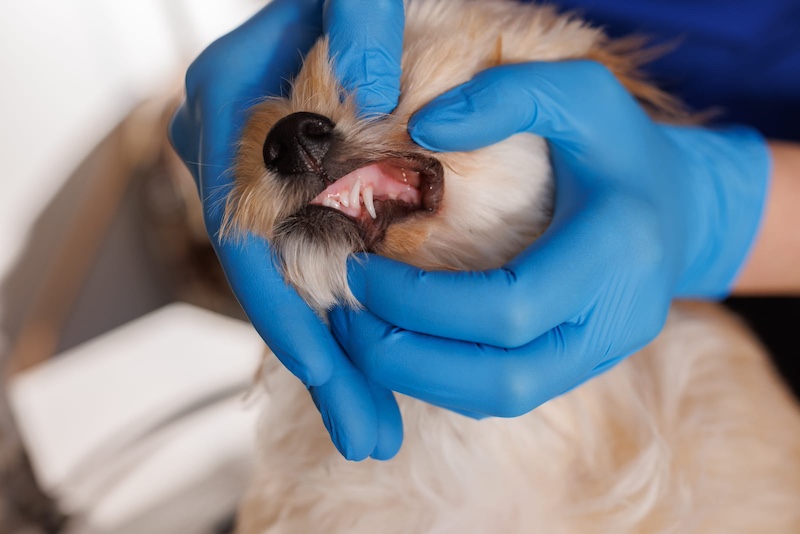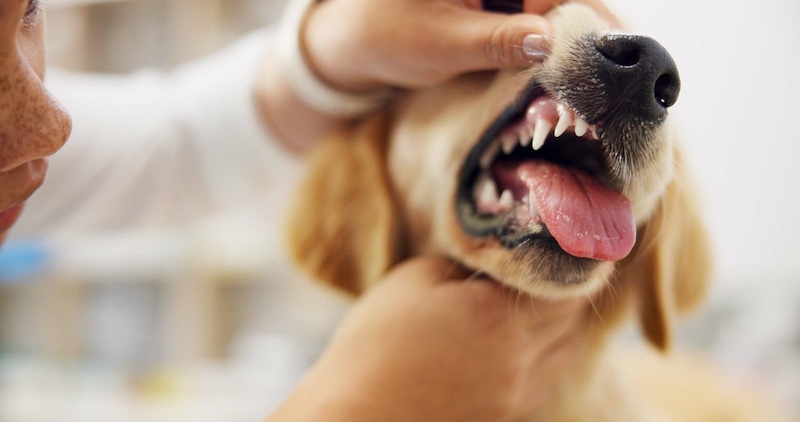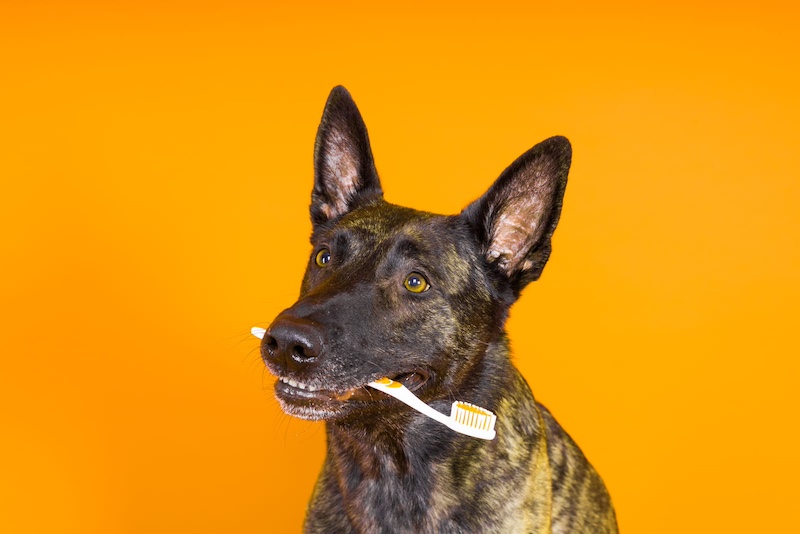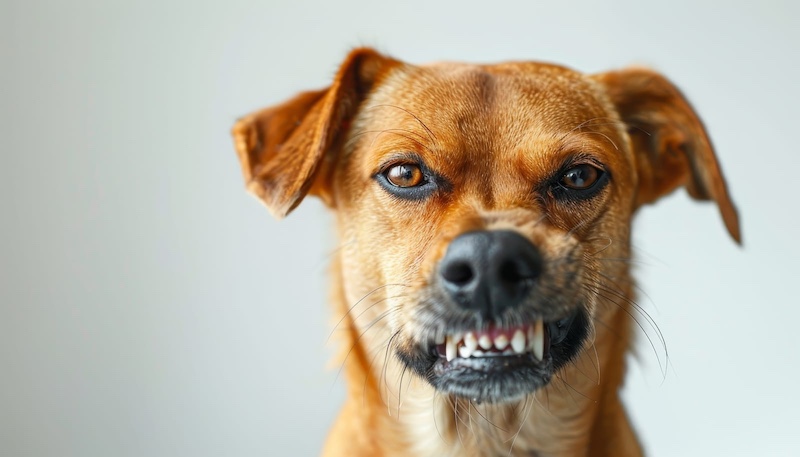Dogs have fascinating teeth that play a crucial role in their daily lives, from eating to defending themselves and even communicating with other animals. These sharp and sturdy tools are essential for everything from tearing into their food to protecting themselves and their territory. Whether you’re a new dog owner or have had pets for years, there’s always something new to learn about these vital tools, as their structure and function reveal a lot about a dog’s health and behavior. Here are five interesting facts about dog teeth that you might not know!
1. Puppies Have 28 Baby Teeth

Just like human babies, puppies are born without teeth and develop a set of “baby” or deciduous teeth. By the time they are about six to eight weeks old, puppies will have 28 baby teeth. These tiny teeth are sharp, which is why puppy bites can be surprisingly painful. However, they don’t last long, as puppies start losing their baby teeth around 12 to 16 weeks of age to make room for their adult teeth.
2. Adult Dogs Have 42 Teeth

Once a dog’s adult teeth come in, they have a total of 42 teeth, compared to the 32 teeth humans have. These teeth are specially designed for different functions. The incisors at the front of their mouths are used for grasping and nibbling, the canines (fangs) for tearing, the premolars for shearing, and the molars at the back for grinding. Each tooth has a unique role in helping your dog eat, chew, and play.
3. Dog Teeth Are Self-Cleaning

While it’s essential to maintain your dog’s oral hygiene through regular brushing and dental checkups, dog teeth are naturally somewhat self-cleaning. The shape and position of their teeth, combined with their diet and chewing behavior, help reduce plaque buildup. Chewing on bones, toys, or dental chews can also help keep their teeth clean by scraping away food particles and plaque.
4. Teeth Can Indicate a Dog’s Age

Veterinarians can often estimate a dog’s age by examining their teeth. Puppy teeth can indicate a very young age, while wear and tear on adult teeth can suggest a dog’s age range. For example, younger dogs tend to have whiter, sharper teeth, while older dogs may show signs of wear, yellowing, or even missing teeth. However, this method isn’t foolproof, as diet, chewing habits, and dental care can also affect a dog’s teeth.
5. Dental Health is Linked to Overall Health

Just like in humans, a dog’s dental health is closely linked to their overall health. Poor oral hygiene can lead to plaque buildup, which may cause gum disease (periodontal disease) and tooth decay. Bacteria from gum disease can enter the bloodstream, potentially leading to more serious health issues, such as heart, kidney, or liver disease. Regular dental care, including brushing and professional cleanings, is essential for keeping your dog healthy and happy.
This content was created with the assistance of AI and thoroughly edited by a human before publishing.

